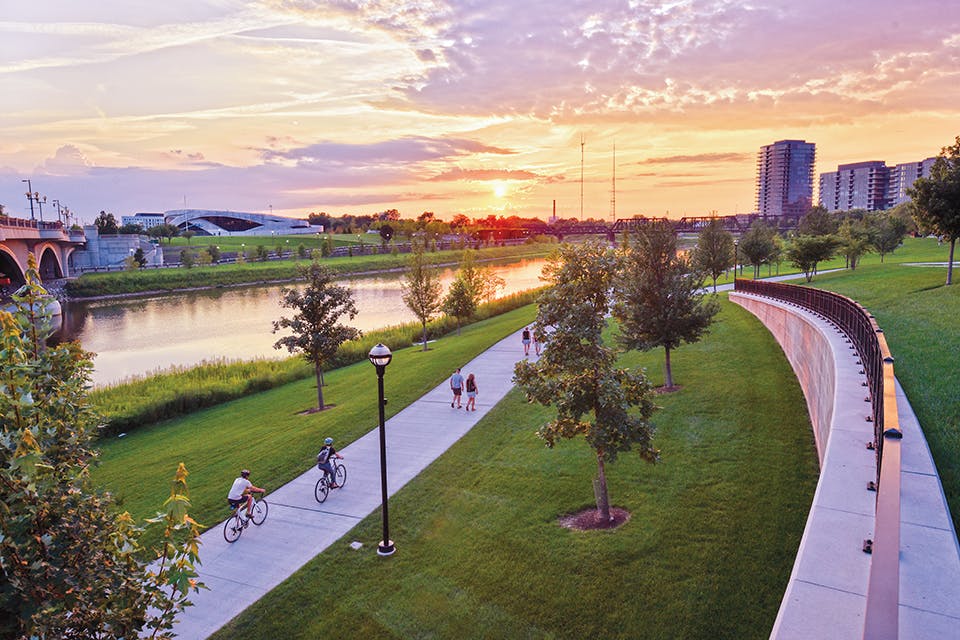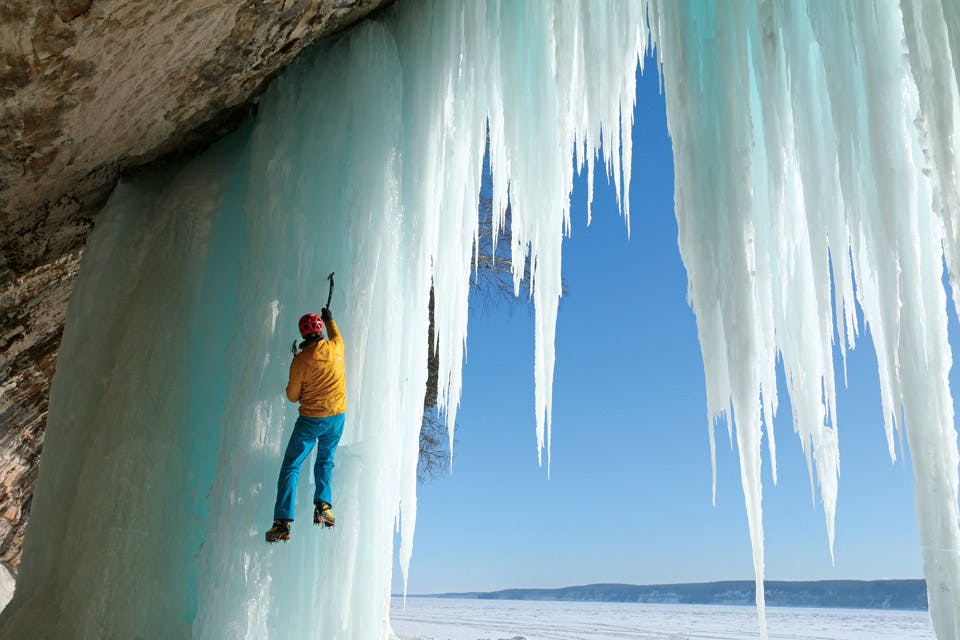Arts
Climber Conrad Anker on Reaching New Heights
The famous adventurer talks about his role in ‘National Parks Adventure’
Related Articles

Drelyse African Restaurant, Columbus
Restaurateur Lisa Bannerman’s capital-city spot serves the authentic dishes she grew up with in Ghana. READ MORE >>

Way Down Yonder, Columbus
Chef Yonder Gordon’s Way Down Yonder restaurant serves up incredible tastes of her native New Orleans on the south side of Columbus. READ MORE >>

20 Ways to Explore Columbus this Summer
Ohio’s capital city comes to life with a variety of concerts, art events, festivals and more that serve as just the start of what there is to experience READ MORE >>


